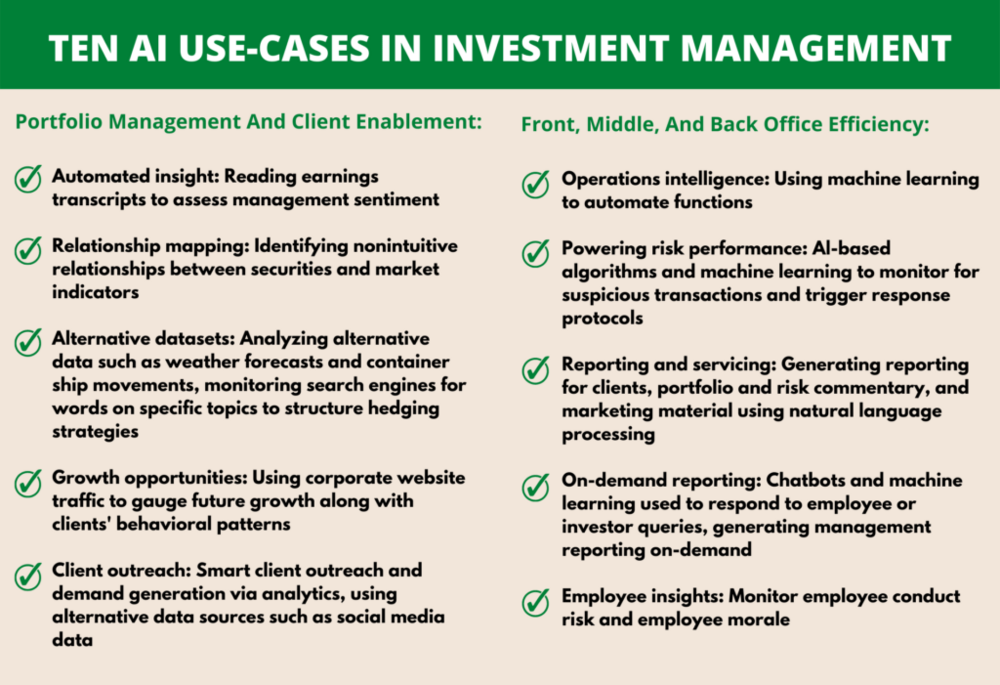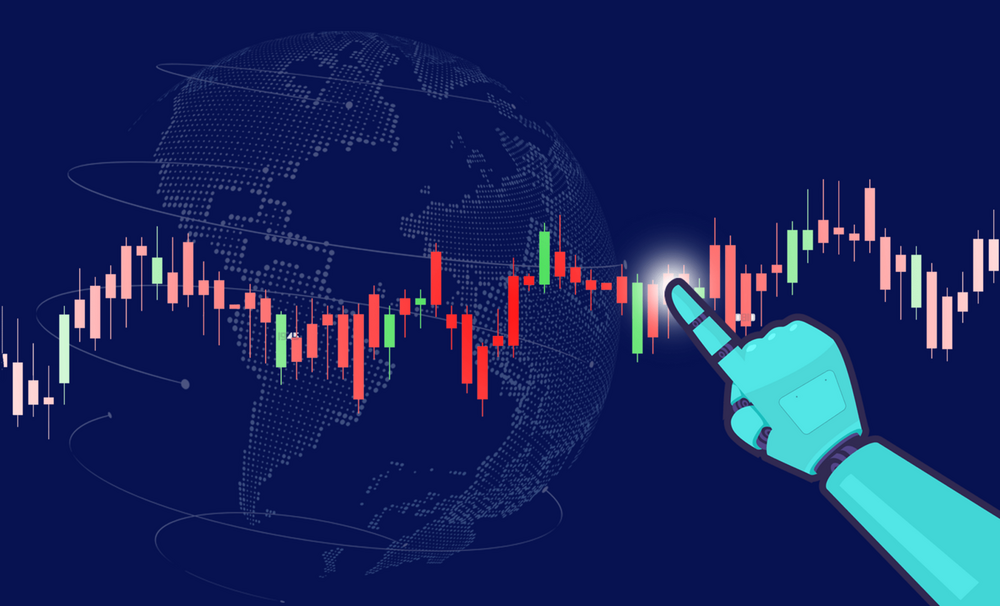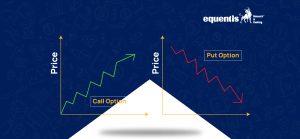The stock markets are driven by two emotions – greed and fear. Both emotions are the reasons that lead to human interventions and mistakes. Most of the losses in the stock markets are because humans take decisions, and they are not driven by formulae and strategies.
What if I tell you that a lot of these losses can be cut down with the help of technology, artificial intelligence, and machine learning?
What if the machines can tell you, which stocks to invest in and when to exit from them?
What if you can avoid human intervention from your investing decisions, even if not entirely, and improve your investing experience?
Before we dive deeper in the world of finance using Artificial intelligence, let us understand these things from the beginning and in detail.
What is artificial intelligence and machine learning?
Artificial intelligence is the ability of machines to exhibit human-like intelligence and a degree of self-learning. Machine learning is a branch of AI, which learns and improves its accuracy from its historical data and past experiences. Every time you launch a machine learning tool, its accuracy is better than the last attempt because it is learning each time it is run.
Use of computer science has helped large financial institutions analyze large historical data, extract relevant excerpts, key takeaways, and formulate successful investment strategies. These strategies are then applied in real time in the stock markets to create predictive models. Predictive models, in simplistic terms, help the investors predict the price of any asset based on its own historical behaviors and movements and to various external changes.
What these strategies do is to analyze the patterns, anticipate future events over a long period of time, which investors may not be able to do themselves.
Application of AI and machine learning
Today, machine learning and its predictive models have plenty of success stories and applications in the real world across various sectors. Let us discuss few of its applications in the financial world.
- Managing assets
- Evaluating the risk profile of the customer
- Calculating credit scores
- Approving and sanctioning loans
Now, you would wonder how one simple branch of science have such varied and wide use cases in the world of finance. Well, that is correct. If you understand in very simple terms, machine learning is about learning from the past. It emphasizes on developing models and systems that can access huge data pools and then automatically adjust its inputs and demographics to improve user experiences giving enhanced and thought-through output.
Let us understand some of the use cases of AI in the world of finance today

1. Portfolio management (with the help of Robo-advisors)
Many broking firms and financial institutions today offer Robo-advisory apps and software. A Robo-advisor is an online application, that firms build based on machine learning systems.
These advisors provide automated financial advice to the investors. So the way it functions is the app is structured to give the output if the investors put in their inputs. The inputs could be age, goals, money investment per month, horizon, questions related to risk profile, etc.
The system then determines the risk and return profile of the investor advising on financial allocation in different assets and stocks accordingly. It is cheap yet very efficient because it is backed by data and historical trends,
2. Global Practices using AI and Robo-advisors
The use of artificial intelligence may be new to the Indian investing culture but it’s been widely used globally. Here are the top five Robo-advisory firms across the globe.
- The Vanguard group
- Wealthfront
- Charles Schwab Corporation
- TD Ameritrade
- Betterment
3. Algorithmic Trading and Investing
Algo trading is a new concept a lot of successful traders and investors use to minimize human error and avoid emotional intervention while trading, thus leading to a robust trading strategy with identified upside as well as a downside. These strategies are backed by fixed rules and back-tested strategies empowering human intelligence. Furthermore, these are data-driven and rule-based strategies rather than strategies with human biases.
This technology-based model comes with a pre-determined set of rules and instructions on various inputs and parameters as you deem fit. For example, you can set the time of the trade, entry price, and quantity – pre-filled in the strategy. If the parameters match in the live market and the environment is conducive to trade, the machine will automatically place the trade given the inputs.
A look at these use cases should give you an idea of how robust AI is and the kind of impact it may have on your portfolio. But does it mean AI will replace human financial advisors? No, for now, it may not.
Rather than replaces, AI may aid and help investors to invest better via investing patterns, future forecasts, and more. If you are looking for other trends in finance then we have just the blog for you 5 Investing Trends Investors Musk Keep an Eye out for in 2022.
Read more: How Long-term investing helps create life-changing wealth – TOI.
How useful was this post?
Click on a star to rate it!
Average rating 0 / 5. Vote count: 0
No votes so far! Be the first to rate this post.
I’m Archana R. Chettiar, an experienced content creator with
an affinity for writing on personal finance and other financial content. I
love to write on equity investing, retirement, managing money, and more.
- Archana Chettiar













